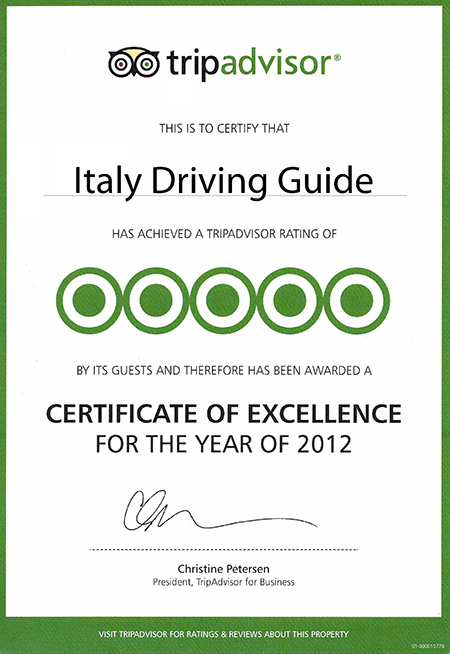- HOME PAGE
- ABOUT US
- TRANSFERS
- SIGHTSEEING
- DAY TRIPS
- SHORE EXCURSIONS
- ADDITIONAL SHORE EXCURSIONS
- OUTLET FACTORIES
- SICILY ISLAND
- VISIT YOUR PLACE of ORIGIN
- RATES
- GENERAL CONDITIONS
- CONTACT US
- BOOKING
- GUEST BOOK
- TELL TO YOUR FRIENDS
- SUGGESTED LINKS
- Write a review of italy driving guide
- Read reviews of Italy Driving Guide
 |

![]()
![]()
![]()
| SICILY ISLAND INFORMATION | |
.jpg) .jpg) .jpg) |
Sicily (Italian and Sicilian: Sicilia) is an autonomous region of Italy. Of all the regions of Italy, Sicily covers the largest land area at 25,708 km² and currently has just over five million inhabitants. It is also the largest island in the Mediterranean Sea. In addition, several much smaller islands surrounding it are also considered to be part of Sicily. Along with Sardinia, the island is officially classified as a region of Insular Italy. Throughout much of its history, Sicily has been considered a crucial strategic location due in large part to its importance for Mediterranean trade routes. The area was highly regarded as part of Magna Graecia, with Cicero describing Siracusa as the greatest and most beautiful city of all Ancient Greece. Although a region of Italy today, Sicily was once its own country as the Kingdom of Sicily, ruled from Palermo. The kingdom originally ruled over the island, the southern Italian peninsula and Malta before the Sicilian Vespers. It later became a part of the Two Sicilies under the Bourbons, with the capital in Naples rather than Sicily. Since that time the Italian unification has taken place and Sicily is now an autonomous part of Italy. Sicily is considered to be highly rich in its own unique culture, especially with regard to the arts, cuisine, architecture and language. The Sicilian economy is largely based on agriculture (mainly orange and lemon orchards); this same rural countryside has attracted significant tourism in the modern age as its natural beauty is highly regarded. Sicily also holds importance for archeological and ancient sites such as the Necropolis of Pantalica and the Valley of the Temples. Syracuse (Italian: Siracusa, ) is a historic city in southern Italy, the capital of the province of Syracuse. The city is noted for its rich Greek history, culture, amphitheatres, architecture and association to Archimedes, playing an important role in ancient times as one of the top powers of the Mediterranean world; it is over 2,700 years old. Syracuse is located in the south-east corner of the island of Sicily, right by the Gulf of Syracuse next to the Ionian Sea. Palermo (Sicilian: Palermu, Greek: Panormus) is a historic city in southern Italy, the capital of the autonomous region Sicily and the province of Palermo. The city is noted for its rich history, culture, architecture and gastronomy, playing an important role throughout much of its existence; it is over 2,700 years old. Palermo is located in the north-west of the island of Sicily, right by the Gulf of Palermo in the Tyrrhenian Sea. The Valle dei Templi (English: "Valley of the Temples") is an archaeological site in Agrigento (ancient Greek Akragas), Sicily, southern Italy. It is one of the most outstanding example of Greater Greece art and architecture, and is one of the main attraction of Sicily as well as a national monument of Italy. The area was included in the UNESCO Heritage Site list in 1997. Much of the excavation and restoration of the temples was due to the efforts of archaeologist Domenico Antonio Lo Faso Pietrasanta (1783-1863), who was the Duke of Serradifalco from 1809 through 1812. Lo Faso Pietrasanta was known as "Serradifalco". The term "valley" is a misnomer, the site being located on a ridge outside the town of Agrigento. Taormina (Sicilian: Taurmina; ) is a comune and small town on the east coast of the island of Sicily, Italy, in the Province of Messina, about midway between Messina (ancient Messana) and Catania (ancient Catana). Taormina has been a very popular tourist destination since the 19th century. It has popular beaches (accessible via an aerial tramway) on the Ionian sea, which is remarkably warm and has a high salt content. Taormina can be reached via highways (autostrade) from Messina from the north and Catania from the south. Ragusa (Raùsa in Sicilian) is a city in southern Italy. It is the capital of the province of Ragusa, on the island of Sicily, with around 70,000 inhabitants. It is built on a wide limestone hill between two deep valleys, Cava San Leonardo and Cava Santa Domenica. The economy of the surrounding province hinges mainly on agriculture (horticulture, olives), farming, tourism, light manufacturing and small oilfields. Together with other seven cities in the Val di Noto, it is listed among the UNESCO World Heritage Sites. |
| We will pick you up at your hotel or wherever you wish by our air conditioned vehicles. Our skilled multilingual driver guides will show you the most interesting places of the city / area by giving you the key information from the car without coming within sites - Please….make a choice of our suggested trips ( see below) and take vision of the program | |